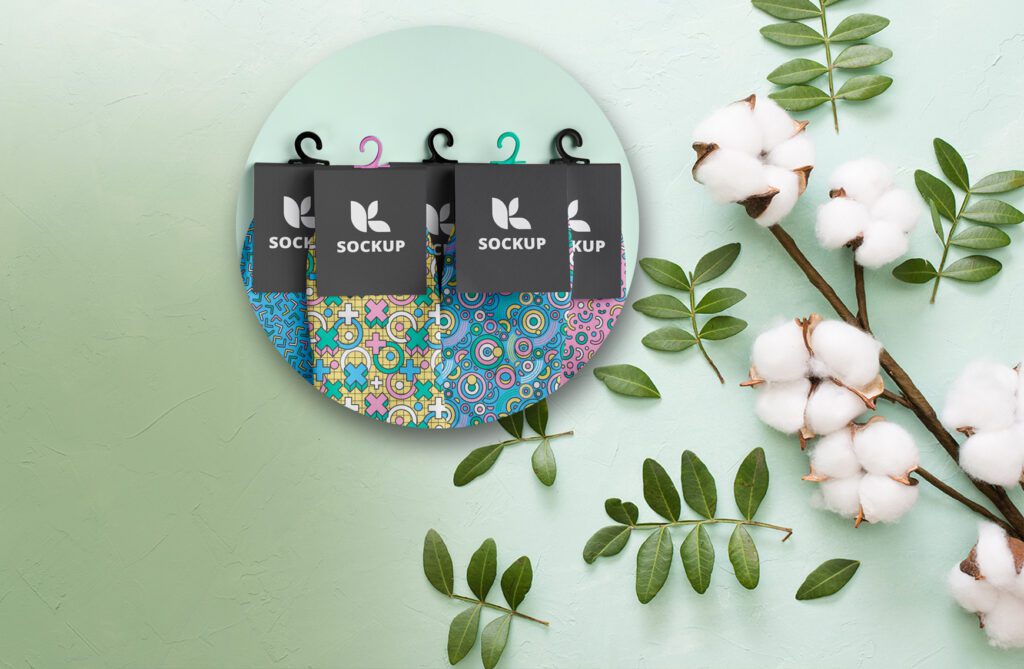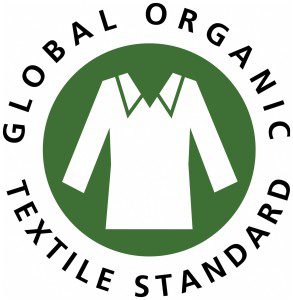How Organic is your T-shirt?

Almost every retailer is claiming to sell you products made with Organic Cotton these days. But how do you know that the t-shirt or hoody you’re buying is actually made from Organic Cotton, and how do you know it’s ethically sourced Organic Cotton? And why is Organic Cotton better than your average cotton?
In this blog, we’ll explain why you should be choosing Organic Cotton and how to know if it’s all it claims to be.
Why Organic Cotton?
First things first- why is Organic Cotton better than your average Cotton?
One of the biggest reasons is that cotton plants are thirsty. Growing cotton uses a lot of water. Did you know the production of one conventional T-shirt requires up to 2700 litres of water? That’s A Lot of water!
Most cotton is also grown in places where water is scarce. Organic cotton requires 91 per cent less water than conventional cotton – so straight off the bat, there’s one really good reason to go Organic.
Pesticides are also used a lot in growth or non-organic cotton. 25 per cent of all pesticides used in the world are sprayed on cotton fields. That’s a lot of toxic chemicals that pollute land and waterways in the surrounding areas.
How big is the cotton pesticide issue?
For just one t-shirt farmers can use about 150 grams of pesticides on their land. And buying organic cotton means cleaner rivers and groundwater, enriched biodiversity and toxic-free handpicking for farmers. Something to think about the next time you buy a t-shirt.
Pesticide poisoning isn’t limited to the environment. Food and water supplies can be easily contaminated from runoff, and it’s the local communities—sometimes already facing hardship—that suffer through disease, illness, and even congenital disabilities.
In many countries, cotton is hand-picked meaning those picking the cotton are poisoned by the toxic pesticides too.
The benefits are clear: using fewer pesticides means that workers’ health improves dramatically, communities can live in relative health with access to clean water and food supplies, and the land has a longer lifespan because chemicals are not damaging it.
Of course, it also means the clothes we wear are safer for us since they don’t contain the myriad of chemicals often found in conventional cotton garments.
How do I know it’s Organic?
According to Crispin Argento, founder of the Sourcery, a firm that helps brands source organic cotton, he estimates between one-half and four-fifths of what is being labelled as organic cotton is not genuine. In a world of ‘green-washing’, knowing what to look for when you’re shopping is key. When it comes to Organic Cotton you want to look for the Global Organic Textile (GOTS) logo. GOTS is the most widely-used certification for organic textiles.

Look for their logo on anything you buy in order to be sure it’s truly organic cotton. If it says GOTS and “made with organic” the garment is made of at least 70 per cent organic fibres and if it says GOTS and just ‘Organic’ the garment must contain at least 95 per cent certified organic fibres.
Using the word “organic” can be quite persuasive and make you feel a garment is greener than it actually is. Many fashion brands are claiming to use organic cotton while ignoring other vital issues in their supply chain.
It’s also good to remember what happens beyond the cotton field.
Before the organic fibre is turned into your favourite t-shirt, it requires lots of processing and dyeing, which can also be very chemically intensive. Unless the garment is GOTS certified, it can be hard to tell if it has been coloured using safe or low-impact colourants.
In short, choose a supplier you trust and ask the right questions. Make sure they’re as green as they claim to be and look for the right accreditations. If you’re buying Organic Cotton it’s essential you buy GOTS Certified garments.
If you’re thinking of choosing more eco-friendly branded clothing, contact our experts today to find out how we can help.
